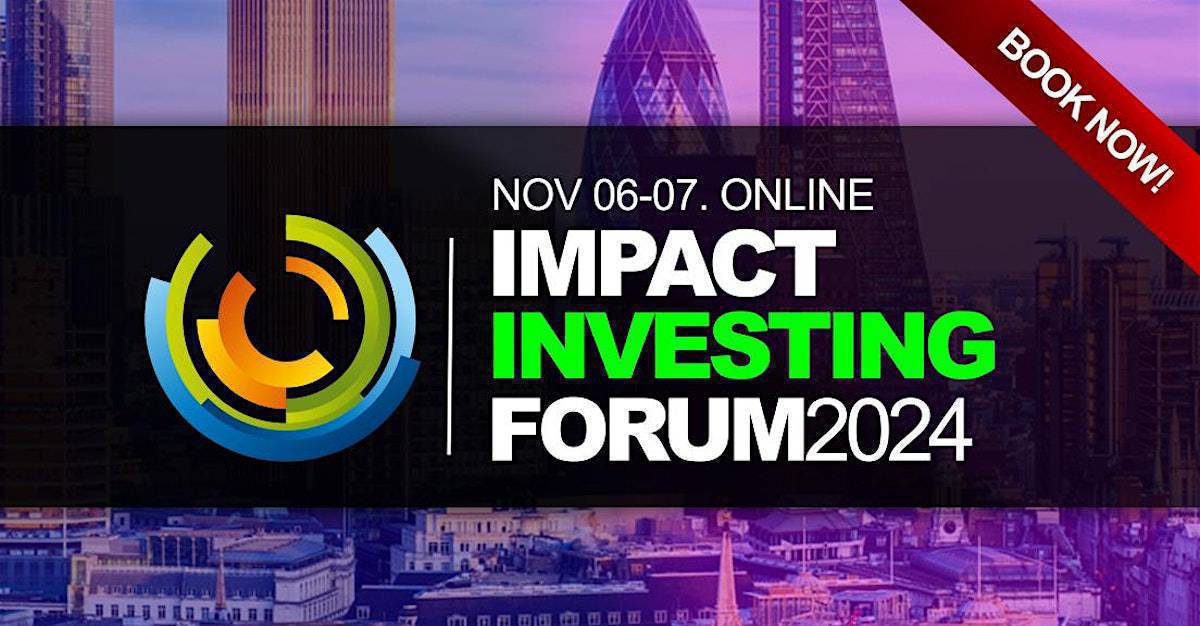Predictions for 2022: Impact investing – PBA Pro Bono Australia
Impact Investing Forum 2024
https://impactinvestingconferences.com/
Online Event. Nov 06-07, 2024.
Book Now!
To kick off our series of predictions for the coming year, Abhilash Mudaliar, chief portfolio officer at the Paul Ramsay Foundation, shares two predictions and two wishes for impact investing in 2022.
Prediction: A growing focus on integrity
The term “impact investing” was first coined in 2007, and from there grew coordinated efforts to develop a coherent industry. For the first few years, the focus was on demonstration – proving the viability of the concept. Then we shifted to a focus on scale – getting more investors involved and more capital deployed. Now we are shifting to a focus on integrity.
Nowadays, hardly a week goes by without the announcement of someone new establishing an impact investing fund or strategy. Generally, this is a boon for the market. It’s exciting that established impact investors from overseas, such as Bridges, are seeking to expand here. It’s promising that mainstream managers, such as Liverpool Partners, plan to launch an impact investing fund. And it’s terrific that new fund managers are being established, such as FPIP and Sentient Impact Group and First Australians Capital, to bridge market gaps.
The Responsible Investment Association of Australasia estimates that the impact investing market in Australia will grow five-fold from $20 billion today to $100 billion within five years.
So, with the money starting to gush, it becomes even more important to put the impact front and centre. As the GIIN outlines, this means: having transparent impact goals, articulating a clear theory of change, measuring progress using high quality indicators, embedding feedback loops, and sharing actual impact performance.
It’s incumbent on all ecosystem players to push for these standards:
Anyone that wants to call themselves an “impact investor” must aim to disclose how they meet these standards.
If you’re an impact investing stakeholder, you should confidently seek to hold impact investors accountable for these behaviours and practices.
A robust market for independent verification of impact claims and practices should develop.
So, my first prediction is that impact integrity will become increasingly critical.
Prediction: More blended transactions
Conventional investing (aka impact-agnostic investing) focuses centrally on two parameters: risk and return. To these, impact investing adds a third: impact.
Different investors have vastly varying appetites for where on the risk-return-impact spectrum they are willing to operate and where they are not.
At the same time many investment opportunities that have the potential for sizeable impact are located at points in the spectrum where no single investor prioritises their strategy.
Here is where blended finance comes in: by carefully combining their capital, very different investors can collaborate to channel finance to opportunities that they may not be willing or able to finance individually. And we don’t see nearly enough use of blended finance in the Australian market.
So, my second prediction is that we will see at least one or two signature transactions where different types of impact investors – such as foundations and institutional investors – come together to “blend” their respective risk-return-impact preferences to meaningfully fund new opportunities that otherwise might not have been capitalised.
Wish: Government comes to the table
While on several measures Australia is a prosperous nation, too many Australians continue to face deep and entrenched disadvantage. Government can’t tackle these challenges on its own.
There is a tremendous need – and opportunity – for government to partner with the private and for-purpose sectors to leverage impact investments and fundamentally shift the dial on persistent disadvantage.
The Social Impact Investing Taskforce (“taskforce”) set up by the federal government in 2019 has submitted a set of six concrete recommendations that together can help us develop a mature, efficient and effective impact investing market in Australia.
The recommendations – which include the establishment of an early stage social enterprise foundation as well as an impact investing wholesaler – are both highly practical and have widespread support across the impact investing industry.
To date, the federal government hasn’t moved on these recommendations. Item one on my wish list is that 2022 is the year government acts.
Wish: Diversity, equality and inclusion
For the most part, when we talk about “impact investing” we tend to talk either about the organisations that are making investments or the businesses and projects that are receiving funding.
We rarely talk about the who, i.e. the people involved in making investment decisions and the people that tend to be successful in receiving funding. Specifically, we don’t talk enough about how the principles of diversity, equity and inclusion are manifest in practice in impact investing.
We know there is some $20 billion in impact assets under management in Australia today. Are the teams making decisions about where this money goes appropriately diverse? Which voices and perspectives are represented? Are people with lived experience meaningfully consulted? And who are the people getting funded?
There is now plenty of evidence from across the world that in conventional investing – where the vast majority of investors are white and the vast majority are male – female founders and founders of colour experience statistically lower funding success.
While there is no rigorous data I’ve seen on DEI in the Australian impact investing landscape, my second wish for 2022 is that this is put on the agenda.


